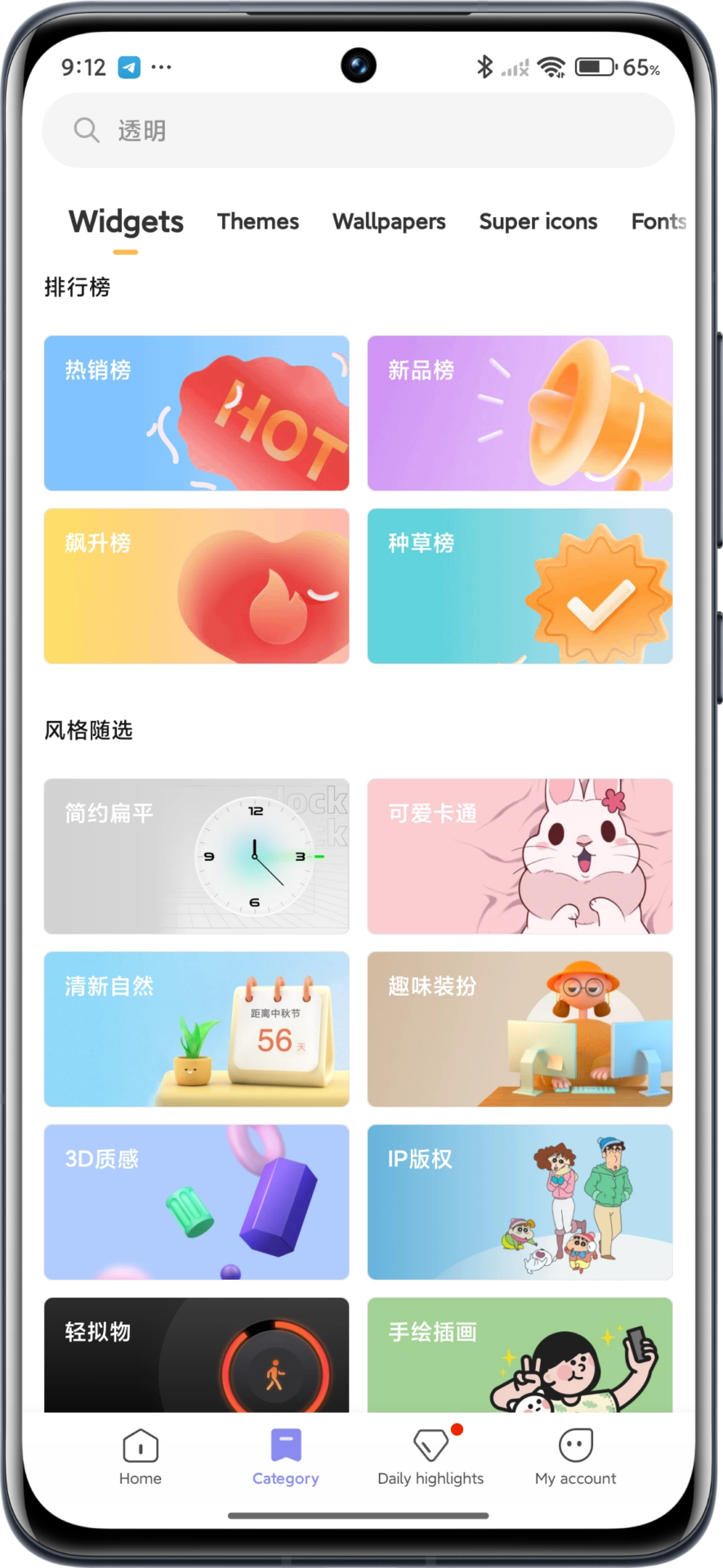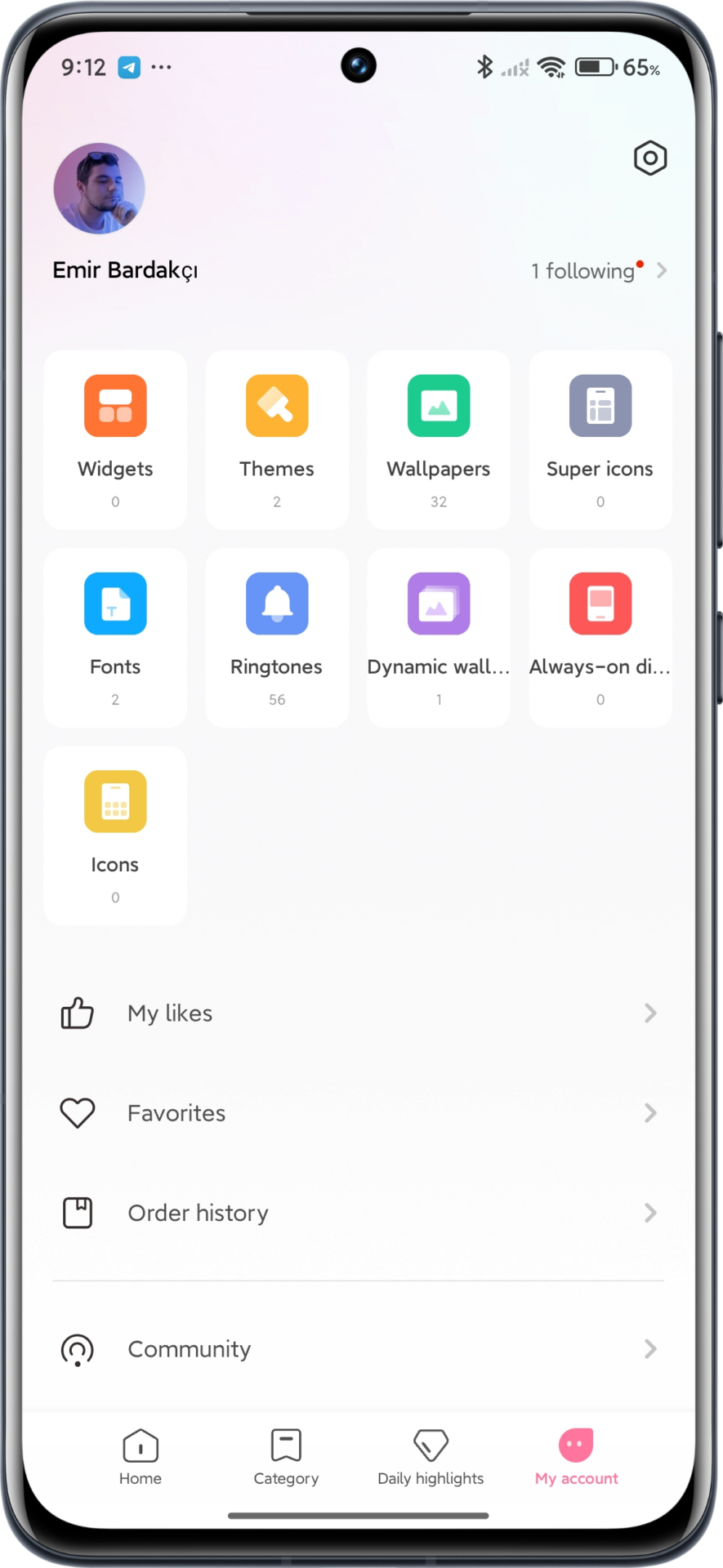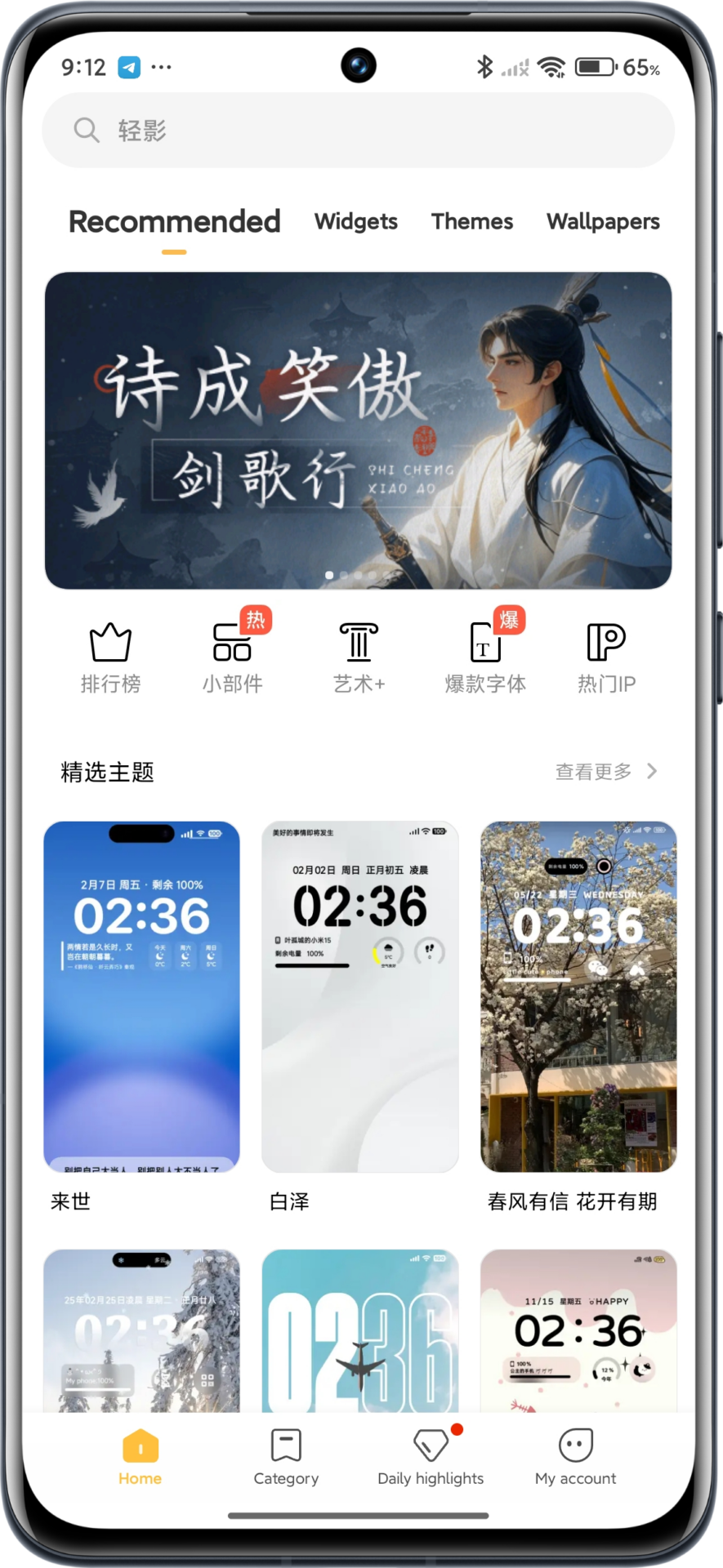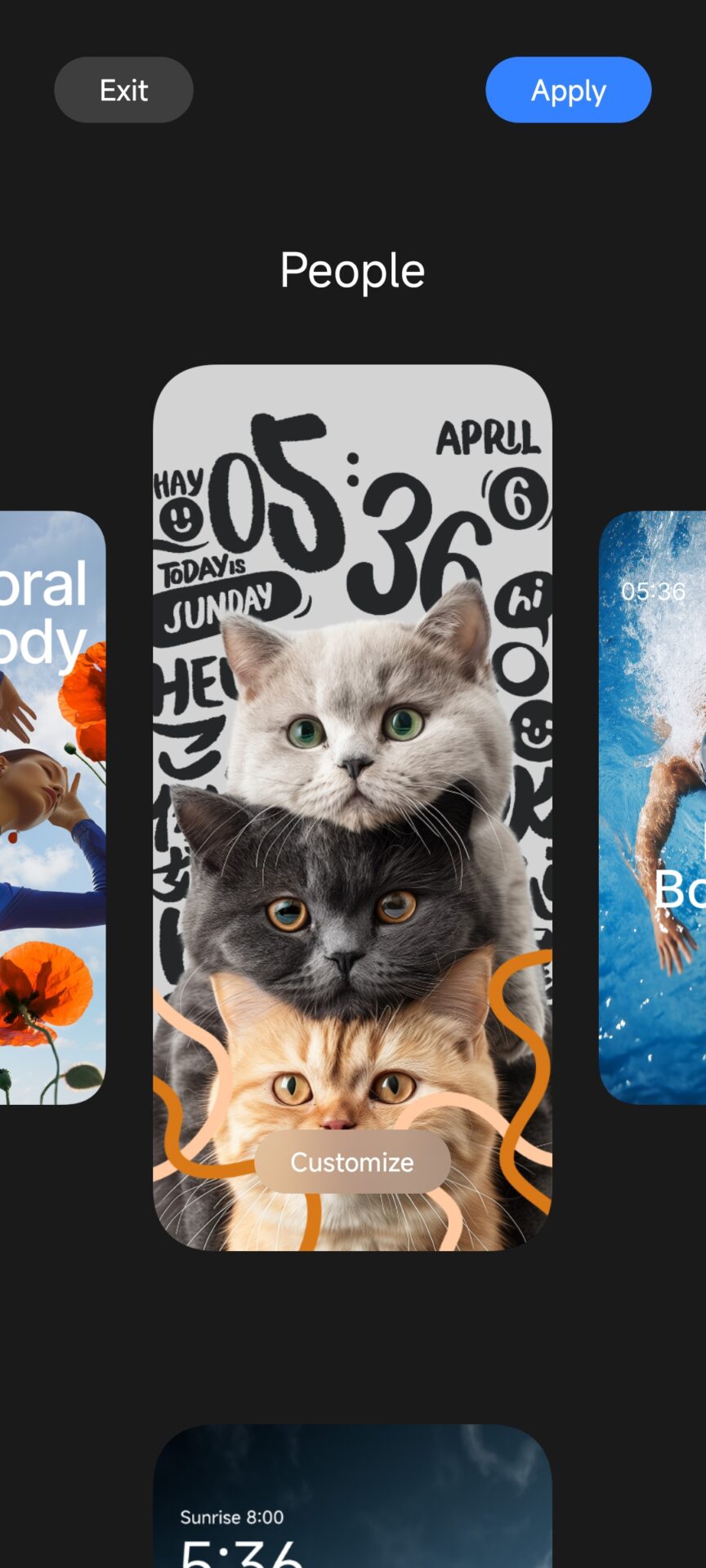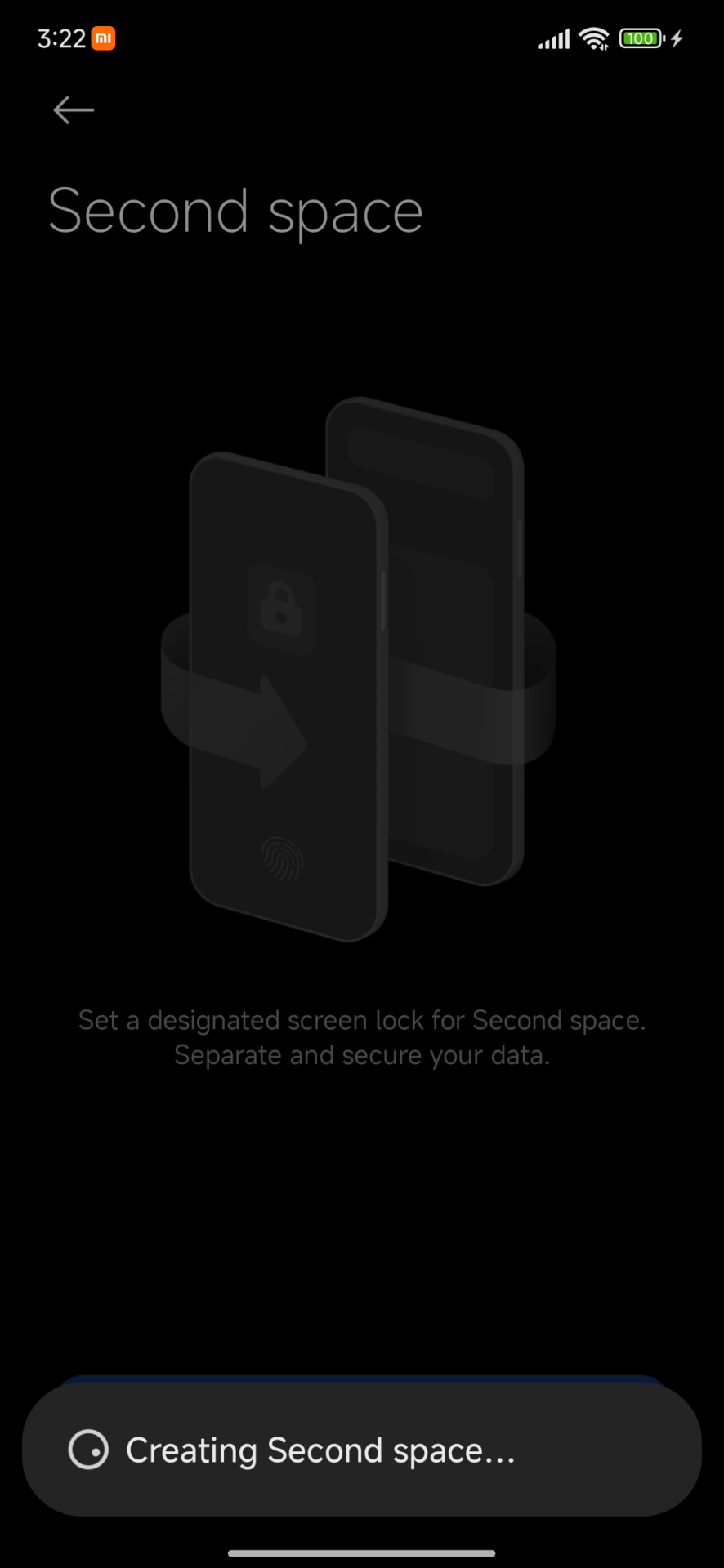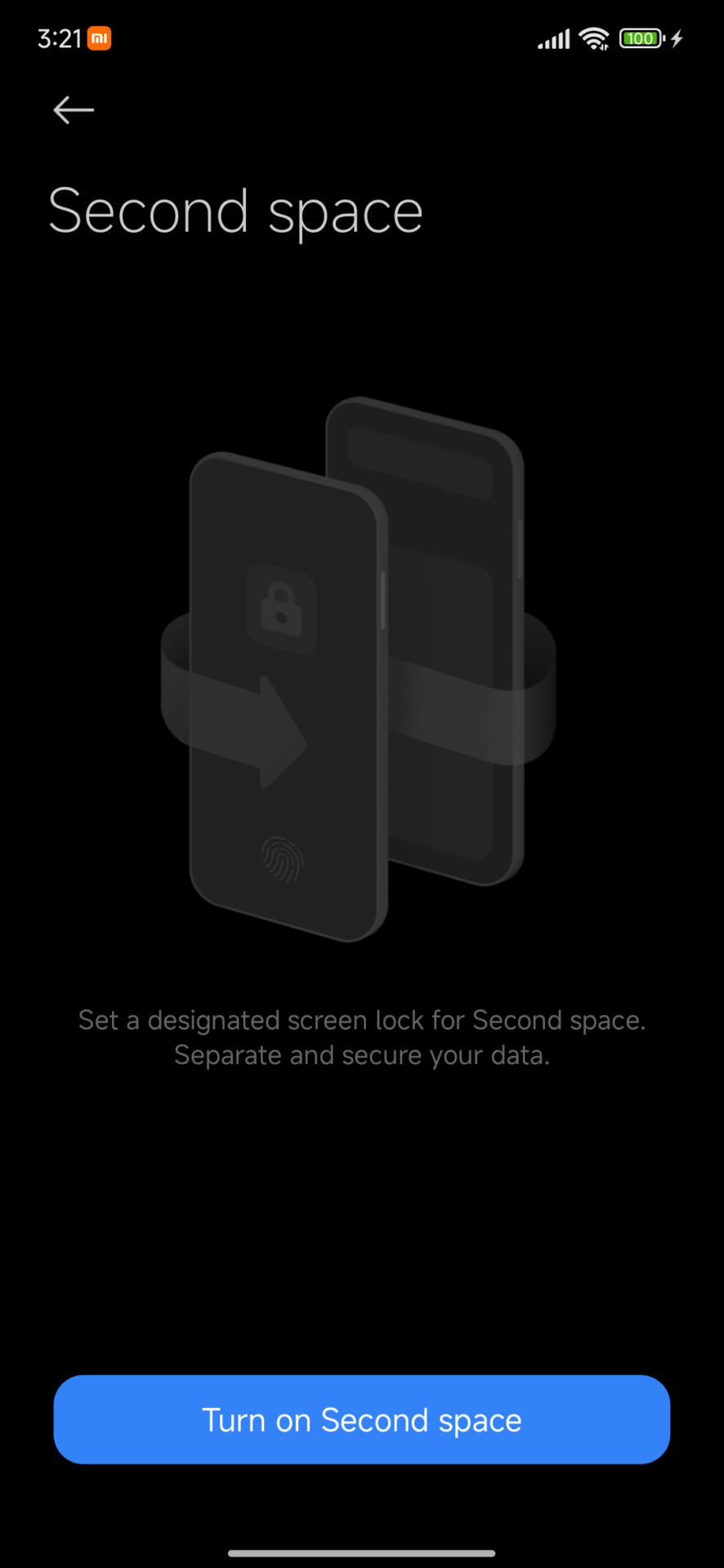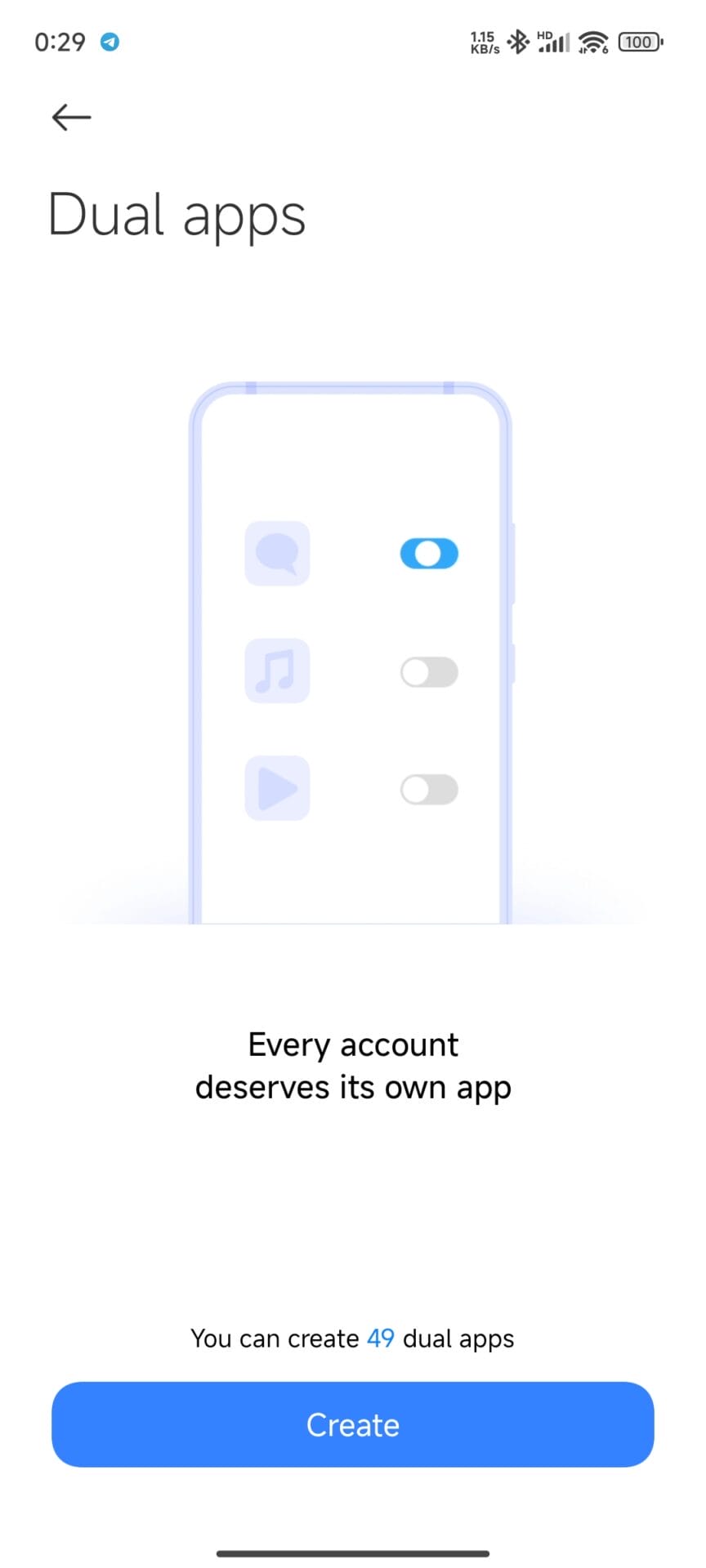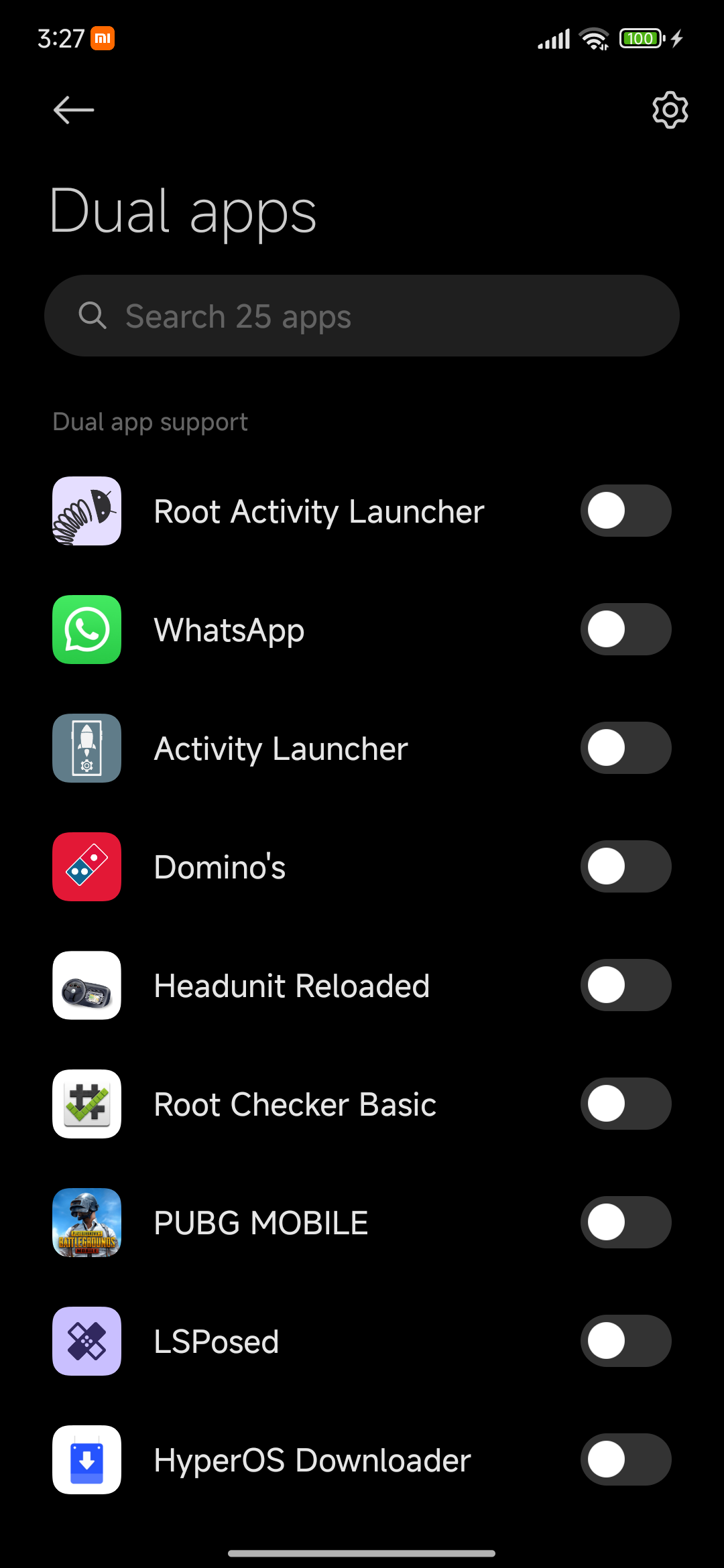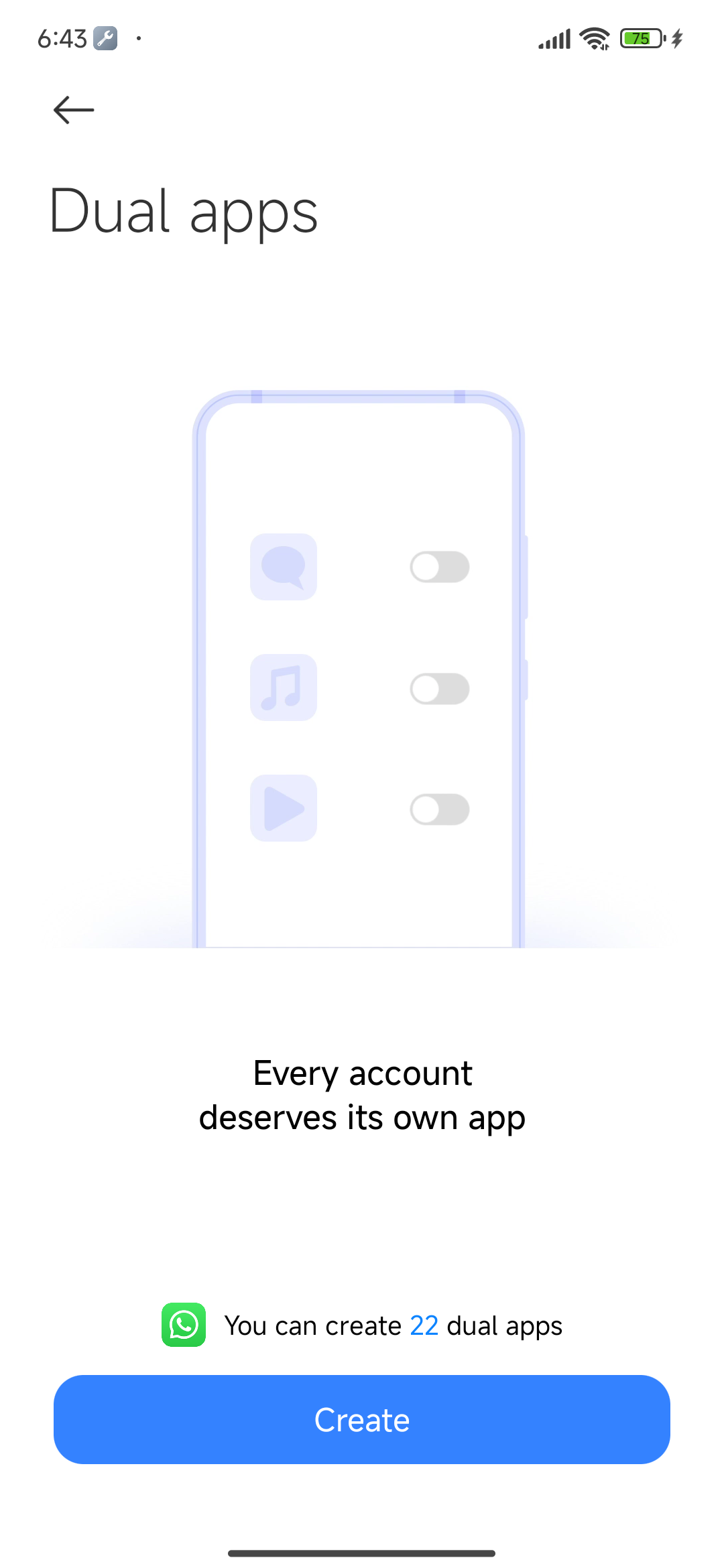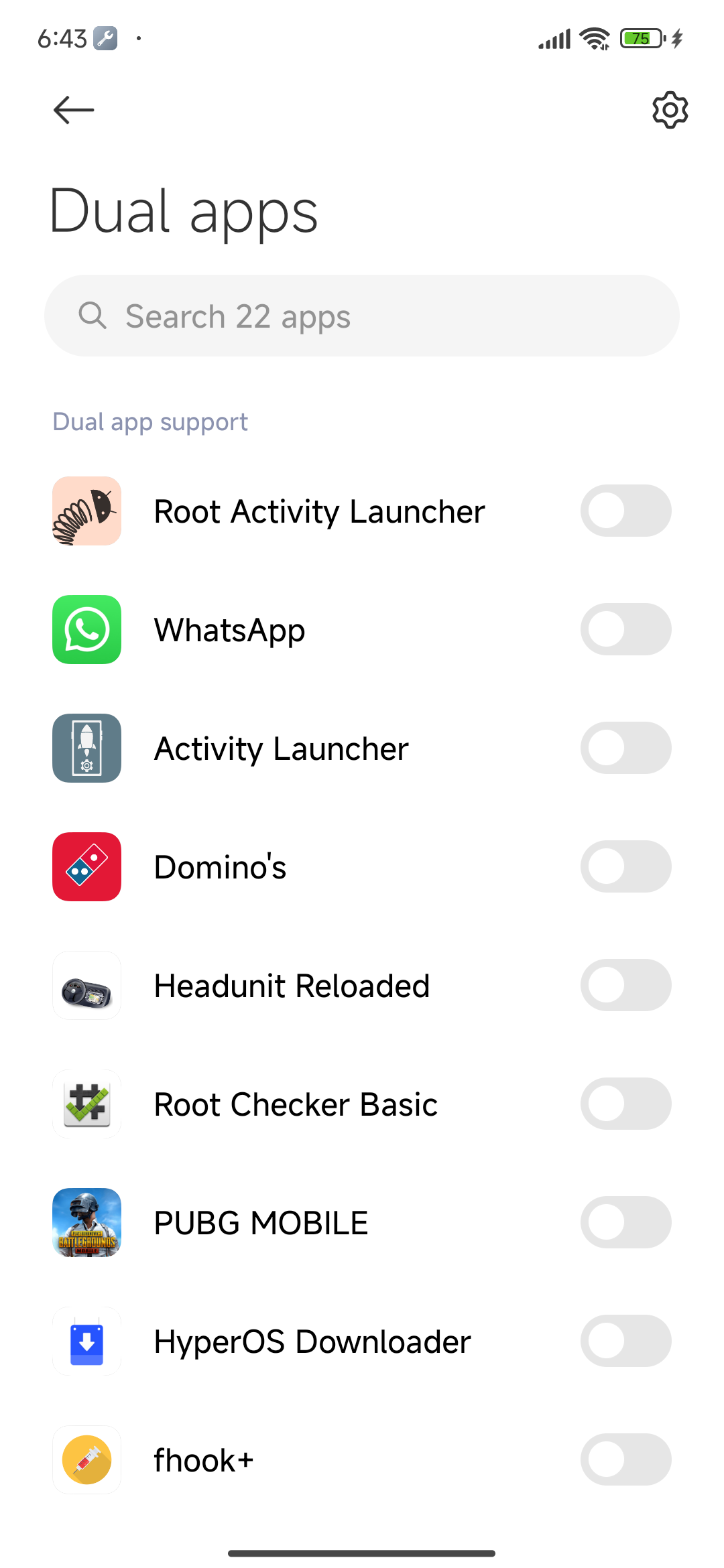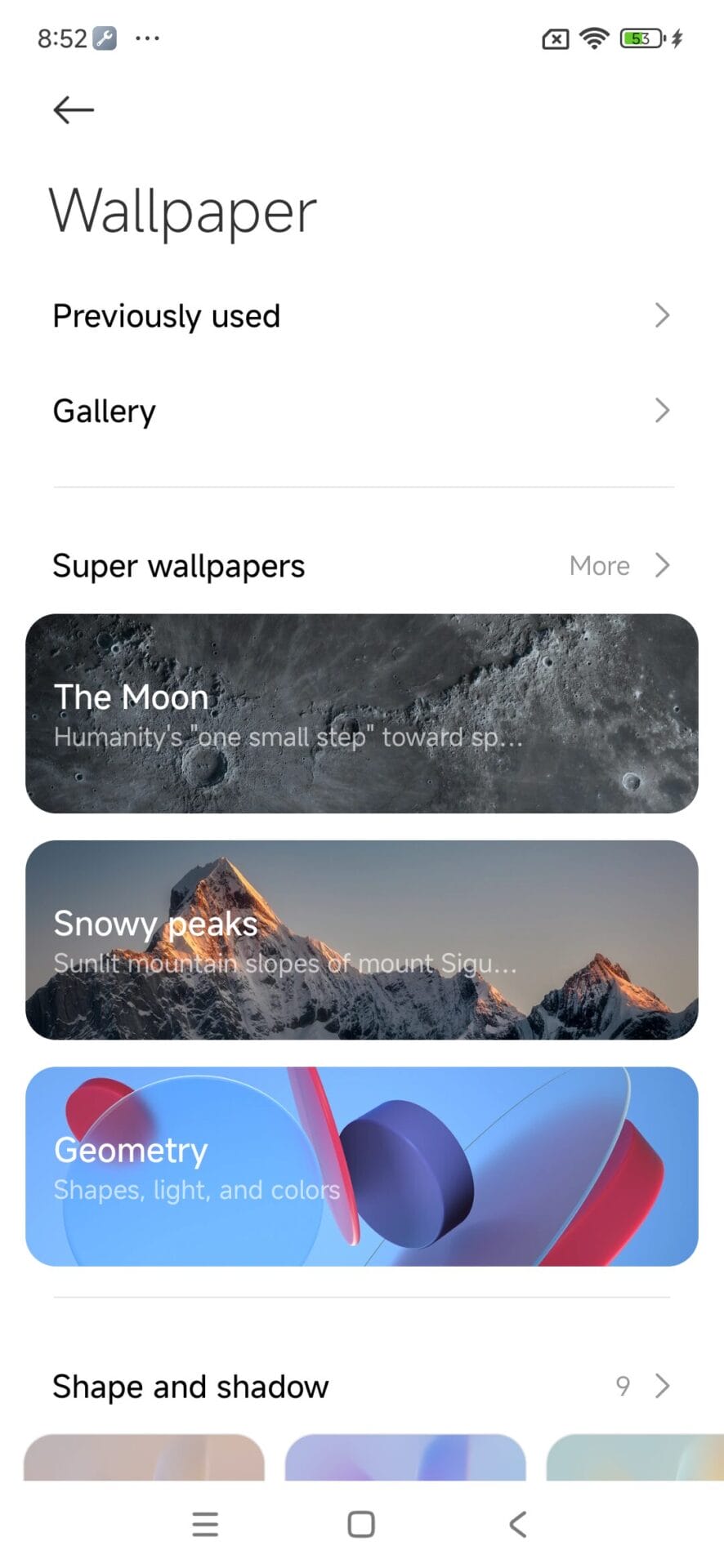MIUI’s journey between 2010 and 2024 created one of the most influential Android software ecosystems in the world. As Xiaomi prepares its whole lineup for the fully optimized HyperOS environment, many users still remember the defining features that differentiated MIUI. From deep customization tools to advanced privacy systems, MIUI restructured how millions interact with their Xiaomi, Redmi, and POCO devices. In this analysis, we look into the five most iconic MIUI features that etched a permanent mark on Xiaomi’s software identity.
The Theme Store: Where Personalization Enters a Whole New Dimension
The MIUI Theme Store was one of Xiaomi’s first innovations, offering users a single-tap way to change the look and feel of their device. MIUI introduced a system-level theme engine that replaced icons, fonts, animations, and UI elements. This level of accessible customization was a significant departure from the limited aesthetic controls in early Android versions, which helped set MIUI apart from its competitors.
Design Ecosystem and Global Availability
With time, the Theme Store grew to include professional-grade designs, added monetization tools, and region-specific content. China ROM users had always enjoyed deeper customization options—things like advanced fonts and animated lock screens, for instance—but region switching often allowed global users to unlock added features. HyperOS introduced new “artistic lock screens” and depth effects, although many of the older MIUI themes are no longer compatible.
Second Space: One Device, Two Worlds
Second Space, launched with MIUI 8, was one of the most innovative features for privacy in the industry. It was not a simple user profile, but a separate space with its apps, files, and settings. And unlocking each of them with different fingerprints made the experience seamless and highly secure.
Privacy and Professional Separation
Second Space let users delineate a clear line between the private and professional digital spaces. Though Xiaomi continues support for advanced privacy tools in the form of HyperOS, Second Space has been dialed back due to performance requirements on lower-cost devices, making it more of a premium model staple.
Dual Apps: Organizing Personal and Business Identities
In areas where dual-SIM usage is the norm, MIUI’s Dual Apps feature became a vital utility. It popped up with MIUI 8 and gave users the ability to create separate instances of apps like WhatsApp or Facebook without having to rely on slow, ad-heavy third-party cloning tools.
Stability through system-level integration
Dual Apps relied on system-level managed profiles for better performance and fewer compatibility issues. The feature is also widely available on HyperOS, but some background limitations remain to be optimized for notifications and multitasking.
Scrolling Screenshots: Efficient Content Capture
Years before Google added long screenshot support to Android, MIUI users were taking screenshots of entire webpages, chats, or documents with an intuitive scroll-to-capture feature. This convenience became a daily essential for millions of users and contributed to MIUI’s reputation for practical innovation.
Influence on Industry Standards
MIUI implemented this feature so well that it encouraged Android developers to natively support it in later versions. In HyperOS, this feature lives along with the native engine of Android and keeps on providing reliable long-form screenshot captures.
Super Wallpapers: Visual Excellence on the Lock Screen
Introducing one of the most graphically advanced smartphone experiences of the decade, MIUI 12’s Super Wallpapers combine high-resolution satellite imagery with 3D animation. Users transitioned seamlessly from Always-On Display to Lock Screen and Home Screen through cinematic zoom sequences.
Hardware Requirements and HyperOS Evolution
Because of the processing demands, Super Wallpapers were limited to high-end Xiaomi and Redmi devices, which boast powerful GPUs. Super Wallpapers remain exclusive to HyperOS, with additions like The Moon continuing Xiaomi’s work to make visually smooth and immersive designs.
Intro and Conclusion: The Never-Dying Spirit of MIUI
While Xiaomi is transitioning towards the more efficient and ecosystem-driven platform HyperOS, among the long-time users, the memories of MIUI are strong. Each of the features discussed here—Theme Store, Second Space, Dual Apps, Scrolling Screenshots, and Super Wallpapers—are more than just tools; they represent Xiaomi’s ambition to extend control, creativity, and convenience to users at every level. HyperOS refines this system with modern architecture, but the legacy of MIUI will continue to influence Xiaomi’s software philosophy.

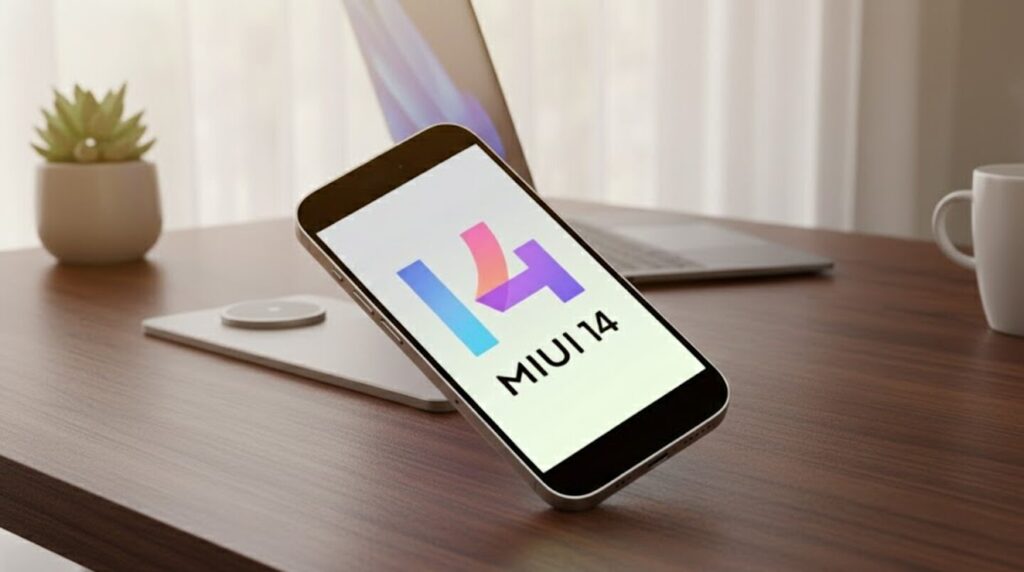
 Emir Bardakçı
Emir Bardakçı